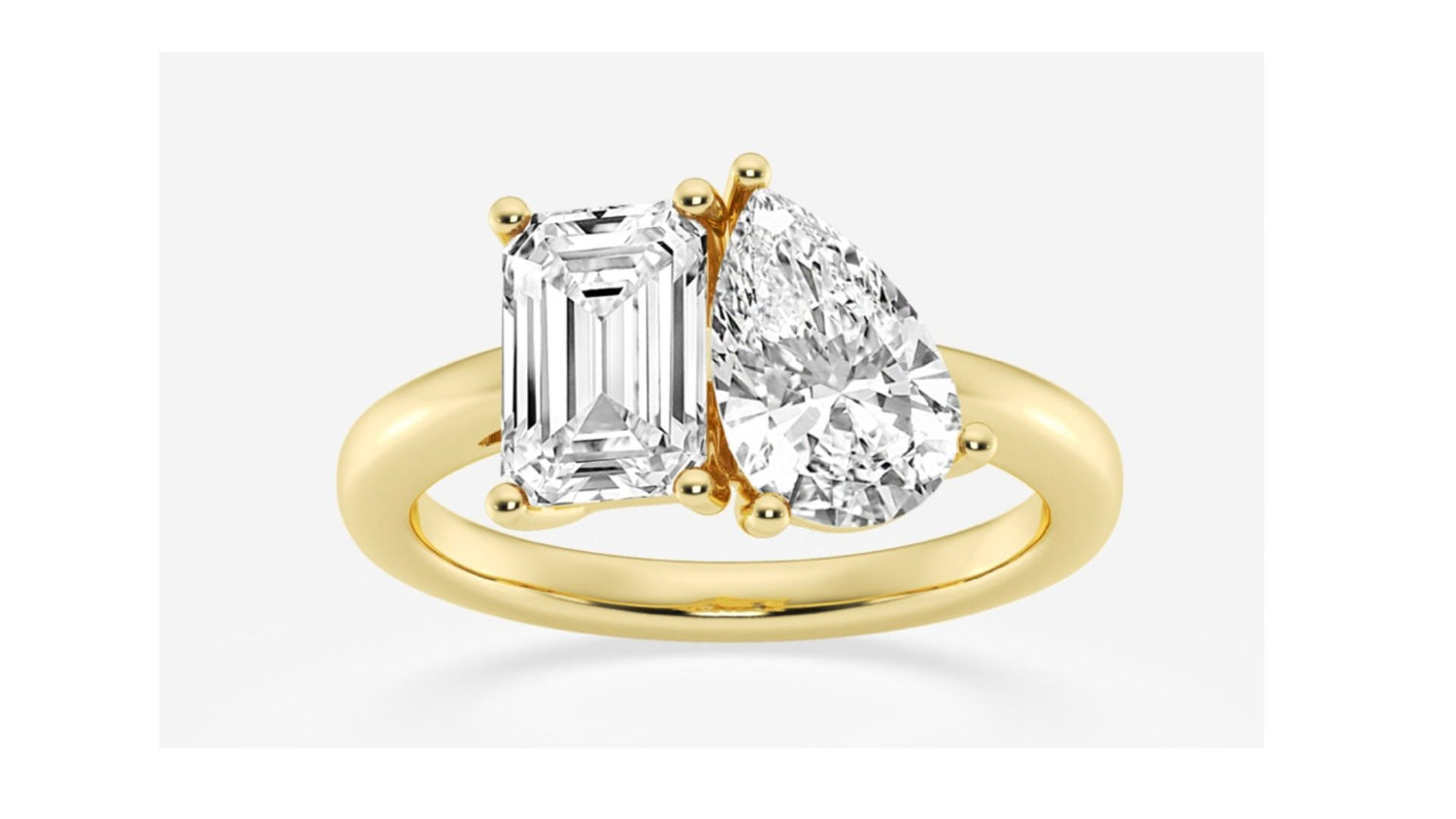You may have been dreaming about your engagement ring for a long time, saving countless screenshots, envisioning how it would look on your finger, and imagining the moment you would touch it in the flesh. But how can you make this a reality?
How to Set a Realistic Budget for Your Dream Ring
To set a budget:
- Consider the bling factor
If you want to maximize your ring’s bling factor for the best value, the Oval, Pear, and Marquise shapes are perceived as the largest for their cost and carat weights.
- Talk to your partner
Communicating with your partner can give you a better idea about their priorities. While some couples focus on purchasing the biggest diamond they can, others may want to prioritise putting money towards other things, such as a house or wedding.
- Get a quote
Going to a jeweler and getting some personalised advice can be a great way to start. This will give you a better idea of what kind of shapes and settings will meet your budget needs. Remember, you should allocate the majority of your budget towards the centre stone.
- Consider lab-grown diamonds
Lab-grown diamonds have grown in popularity over the years, offering an affordable alternative to natural diamonds. While lab-grown diamonds are chemically the same as natural diamonds, there are varying levels of quality, and many have the bias that natural diamonds are superior.
Scheduling a Ring-Buying Appointment: What to Know
Once you have a style and budget in mind, you’re ready to set up your first ring-buying appointment! We recommend calling a shop or jeweler you trust to set up an appointment, To know you’re investing in a high-quality ring during your appointment, it’s powerful to have a basic understanding of the 4C diamond grading system.
The 4Cs
Color: Diamonds are graded for color ranging from D to Z. While D is white, Z is quite yellow. The lower a stone is on the color scale, meaning closest to D, the more attractive and expensive it is perceived to be.
Clarity: We define clarity as the presence of imperfections or inclusions in the gemstone. Stones are graded from Flawless to Included, with flawless being the most desirable. A diamond shape can affect how clearly inclusions are shown. For example, Emerald and Asscher shapes show their inclusions more, meaning you may consider needing to prioritize a better clarity grade with these shapes.
Cut: Cut refers to the shape’s quality and proportions. How well a stone is cut can determine how much it sparkles or how big it looks. While Round diamonds are given a cut grade ranging from Excellent to Poor, all the other shapes receive a polish and symmetry grade so you can better understand what you are buying.
Carat weight: Carat weight, unsurprisingly, is the diamond’s weight. However, the cut and dimensions of the stone can change the overall look – even two diamonds with exactly the same carat weight can look different.
While the 4Cs should be a prominent factor in your final purchase decision, don’t let what’s on paper take away from what you see in real life. A ring’s beauty is subjective, and you should always invest in what’s truly special to you.





